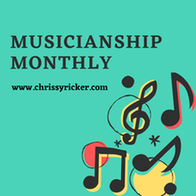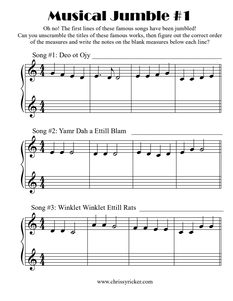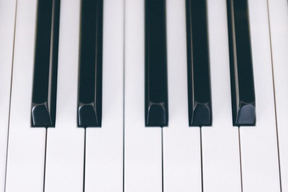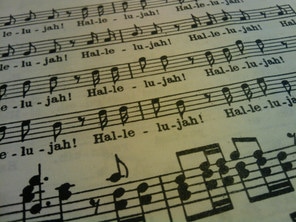
It's that time again! A new month means another opportunity to explore a new musicianship skill with your students! (Want to learn more about Musicianship Monthly and see past activities? Click HERE!)
This month, we are wrapping up the school year with an important skill that your students can practice all summer long: sight-reading! Read on for my favorite resources and tips for turning your students into super sight-readers--along with a fun "super sight-reader" challenge chart!





 RSS Feed
RSS Feed